Evolving Consumer Preferences
Consumer preferences are shifting towards faster and more reliable delivery options, significantly impacting the Class 8 Truck Market. As customers demand quicker turnaround times, logistics companies are compelled to adapt their operations accordingly. This shift is leading to an increased reliance on Class 8 trucks for last-mile delivery and long-haul transportation. Market data suggests that the demand for trucks capable of meeting these evolving consumer expectations is on the rise. Consequently, manufacturers are focusing on producing versatile and efficient Class 8 trucks that can cater to the changing needs of the market, thereby driving growth.
Advancements in Fuel Efficiency
Fuel efficiency remains a pivotal driver in the Class 8 Truck Market. With rising fuel costs and increasing environmental concerns, manufacturers are focusing on developing trucks that offer better fuel economy. Recent advancements in engine technology and aerodynamics have led to improvements in fuel efficiency by up to 20% in some models. This not only reduces operational costs for fleet operators but also aligns with sustainability goals. As regulations become stricter regarding emissions, the demand for fuel-efficient Class 8 trucks is expected to rise, further stimulating market growth.
Infrastructure Development Initiatives
Infrastructure development plays a critical role in shaping the Class 8 Truck Market. Governments and private entities are investing heavily in upgrading transportation networks, including highways and freight corridors. This investment is essential for accommodating the increasing volume of freight traffic. Recent reports suggest that infrastructure spending is expected to rise, with billions allocated to enhance road conditions and expand capacity. Improved infrastructure not only facilitates smoother transportation for Class 8 trucks but also enhances overall supply chain efficiency. As infrastructure projects progress, the Class 8 Truck Market is likely to benefit from increased operational capabilities.
Rising Demand for Freight Transportation
The Class 8 Truck Market is experiencing a notable surge in demand for freight transportation services. This increase is primarily driven by the expansion of e-commerce and the need for efficient logistics solutions. According to recent data, freight tonnage is projected to grow significantly, with estimates suggesting an increase of over 30% in the next decade. This trend indicates that Class 8 trucks, which are essential for long-haul transportation, will play a crucial role in meeting the rising demand. As businesses seek to optimize their supply chains, the reliance on Class 8 trucks is likely to intensify, thereby propelling the market forward.
Technological Integration and Automation
The integration of advanced technologies in the Class 8 Truck Market is transforming the landscape of freight transportation. Innovations such as telematics, autonomous driving systems, and advanced safety features are becoming increasingly prevalent. Data indicates that the adoption of these technologies could enhance operational efficiency by reducing downtime and improving route optimization. Furthermore, the potential for automation in trucking operations may lead to a reduction in labor costs, making Class 8 trucks more appealing to fleet operators. As these technologies continue to evolve, they are likely to drive significant growth in the market.


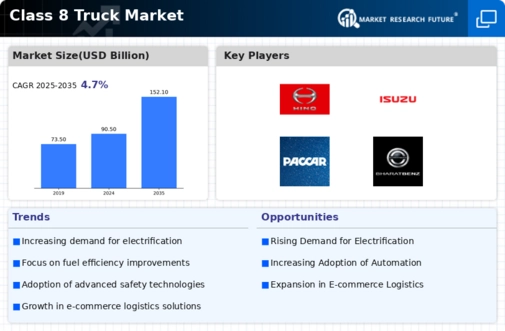

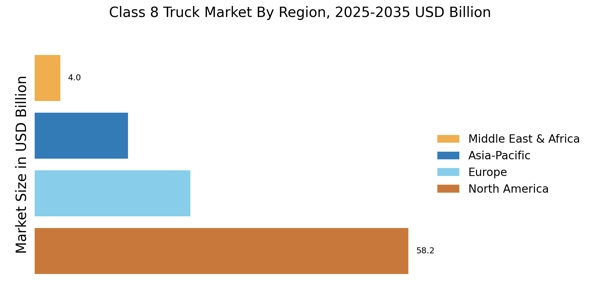
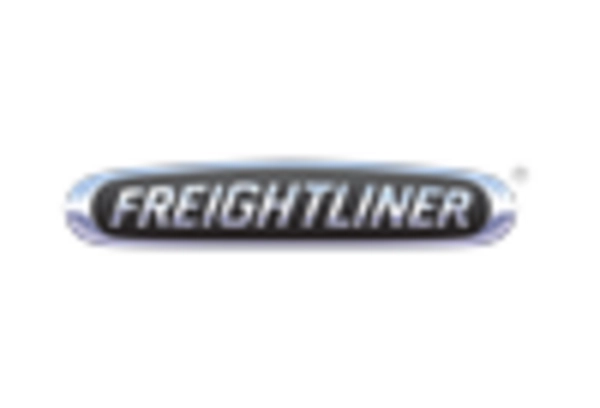
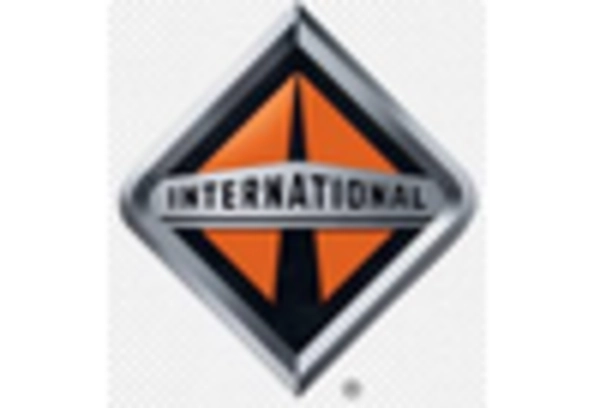

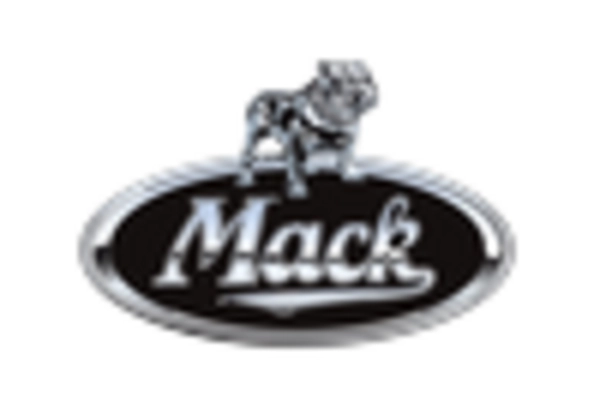
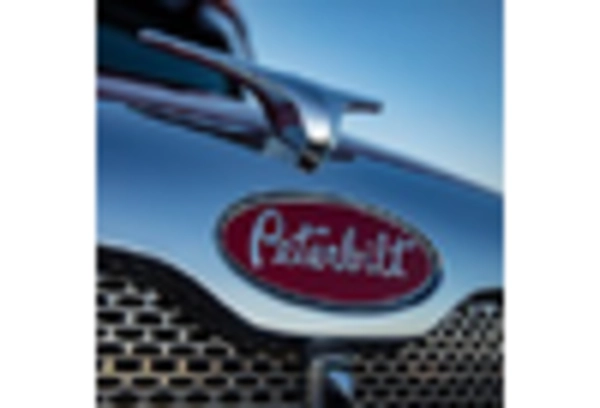
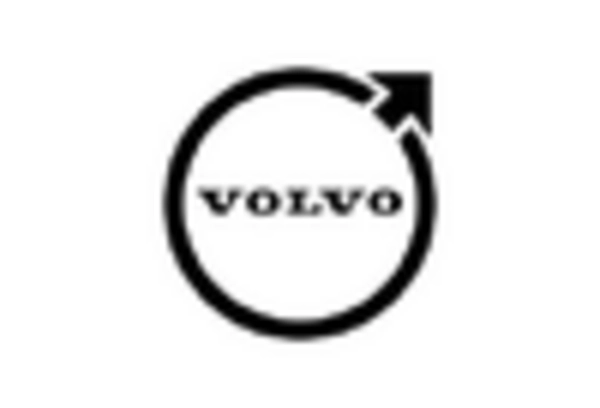








Leave a Comment